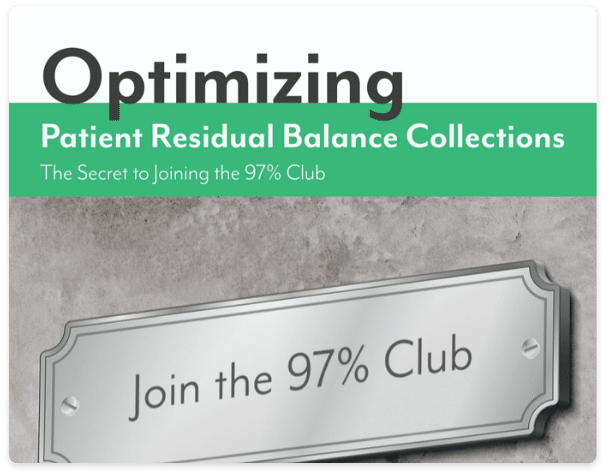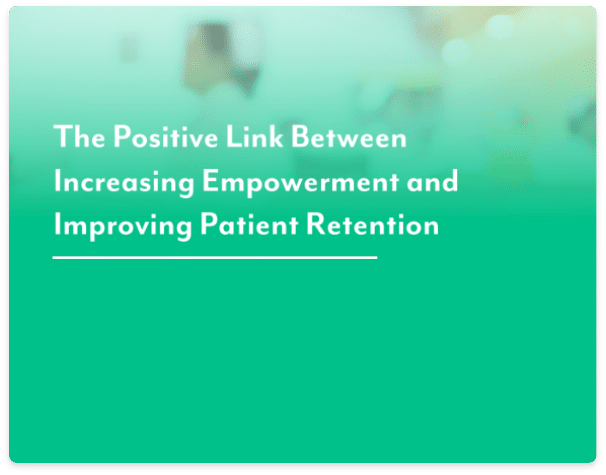Just when we thought this decade had dished out its worse with the still-raging pandemic, the 2020s is hitting us with another curveball—a possible (or some say probable) looming recession.
While some experts point to a repetition of some early recession indicators we last saw in 2007, the overall predictions whether we will see a significant recession and how severe that recession may be are mixed. According to Fortune Magazine, “Depending on which Wall Street pro, CEO, or household bookkeeper you ask, we’re heading for a recession, we’re already in one (even though everyone’s got a job), or we’ll be just fine.”
The facts are these. Just last week the Commerce Department reported that the U.S. economy shrank by 0.9% in the last three months, its second consecutive quarter of negative growth. While hiring is way up, so is inflation—now spiking at a 41-year high. Gas prices are up 59.9%, and food prices were up 10.8% in April 2022, the largest 12-month increase since November of 1980. While wages have been on the rise, they have not kept up with the inflation tsunami, leaving consumers with much less spending power. None of these signs point to a economic boom anytime in the near future.
“What about the healthcare industry?” you may be thinking. Here’s the good news. Historically, healthcare is largely immune to recessions. Healthcare is one of the last sectors hit, and it is one of the first to recover. Also, according to data collected after the 2008 recession, an economic downturn may alleviate healthcare staff shortages as demand decreases and retired workers reenter the job market. However, largely immune does not mean totally immune. The main issue for healthcare in a recession is that patients may delay or forgo care due to cost concerns—meaning they elect to feed their families and keep the lights on rather than have that knee replacement.
What You Can Do
Dropping patient volume, fewer elective procedures, patients struggling with old and new balances—what can providers do to help patients and safeguard revenue?
- Offer automatic billing
Automatic billing is actually good for patients and good for your practice, particularly if you are in a specialty that requires patients to receive ongoing treatment like sports medicine, orthopedics, or even mental health. Patients would much rather be automatically billed at the time of service for each individual visit than receive a large surprise bill after months of visits. In fact, more than half of working adults cannot afford to pay a surprise medical bill of $200 or more. So why let those costs pile up? It delays payment to your practice and patients hate it. Choose automatic billing with multiple payment options to eliminate large bills for multiple visits. Better yet, offer payment plans for prior large balances or expensive treatments.
- Deliver cost estimates
When recommending a course of treatment or surgery, offer cost estimates so patients can plan for large medical costs rather than avoiding them. This move will also prepare your practice or healthcare organization to better comply with healthcare price transparency legislation as it continues to be rolled out by the Federal government.
- Keep up with patient engagement
In the coming months, it is likely some patients may skip regular appointments, treatment, or follow-up care in an effort to save on costs. The mistake is to let those patients disappear into the ether. Sending reminders regularly to schedule visits should not be neglected. Reaching out to let the patient know they missed a yearly physical or other appointment goes a long way to letting your patients know you care and to get them to schedule the visits they need when they are able. Better patient engagement leads to better health outcomes, so having the right tools in place is a must.
Health iPASS can help your practice provide all of these features and much more to your patients in any economic climate. Click here to contact a sales representative for more information.







